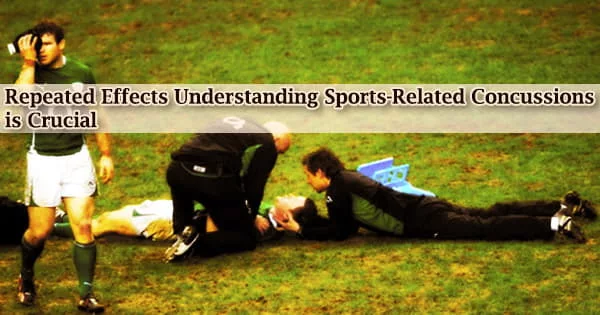The esports athlete is a burgeoning class of competitor in the highest collegiate and professional arenas across the United States. The field of sports medicine, according to experts in The Journal of the American Osteopathic Association, needs to catch up in order to handle these players’ specific demands.
Esport competitors, unlike recreational gamers, practice three to ten hours each day, honing their strategies and reflexes in their chosen game.
While the average novice player makes 50 action moves per minute, collegiate and professional athletes do 500-600 action moves per minute, or around 10 per second.
“Given esports are played while sitting, you’d think it would be literally impossible to get injured,” says Hallie Zwibel, DO, director of sports medicine at New York Institute of Technology College of Osteopathic Medicine, who also oversees NYIT’s Center for eSports Medicine, and is a co-author on this study.
“The truth is they suffer over-use injuries like any other athlete but also significant health concerns from the sedentary nature of the sport.”
We’re really just now realizing how physically and mentally demanding esports can be. Like any other college or pro-level athlete, they need trainers, physical therapists, and physicians to help them optimize their performance and maintain long-term health.
Hallie Zwibel
Not just video games
According to Dr. Zwibel’s previous research, 56 percent of esports athletes suffer from eye tiredness, 42 percent suffer from neck and back discomfort, 36 percent suffer from wrist pain, and 32 percent suffer from hand pain.
However, just 2% of those who reported an illness sought medical help. He goes on to say that 40% of those polled do not engage in any form of physical activity on any given day.
Excessive screen time causes blurred vision, poor posture causes neck and back pain, repetitive motion causes carpal tunnel syndrome, metabolic dysregulation from prolonged sitting and high caffeine and sugar consumption causes metabolic dysregulation, and internet gaming disorder causes depression and anxiety, according to the study’s authors.
“We’re really just now realizing how physically and mentally demanding esports can be,” says Dr. Zwibel. “Like any other college or pro-level athlete, they need trainers, physical therapists, and physicians to help them optimize their performance and maintain long-term health.”
Professional League of Legends player Hai Lam, who resigned at the age of 26 due to severe wrist discomfort, is an example of the toll esports can take on an athlete’s health, according to Dr. Zwibel. He thinks that customized training regimens and proper medical treatment might help the next generation of esports athletes escape the same fate.
There are now 80 varsity esports teams in the United States, with 22 giving scholarships. Every year, additional teams are added to colleges, universities, and even high schools. With a global audience of approximately 500 million people, the global esports sector generated more than $1 billion in 2019.
“It’s safe to say esports is no longer in its nascent stages,” says Dr. Zwibel. “It’s world-class competition and serious business. It’s time we in sports medicine give these athletes the supports we know they need.”
















